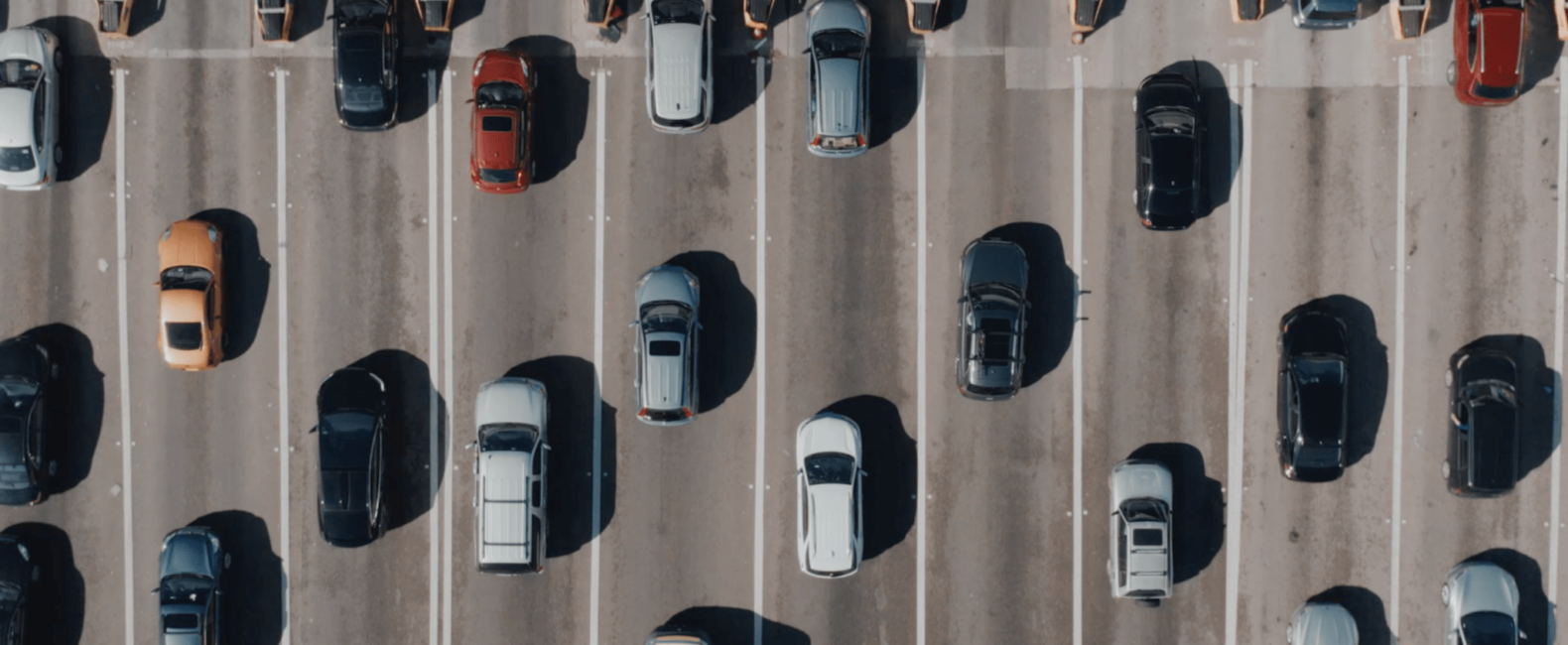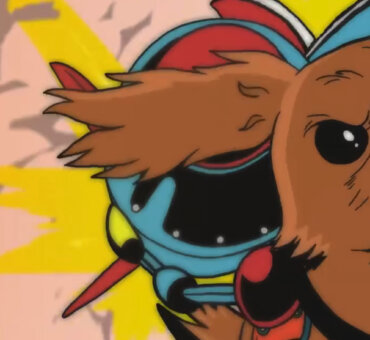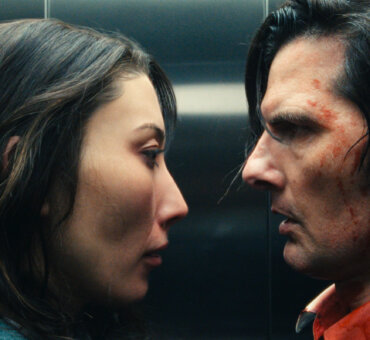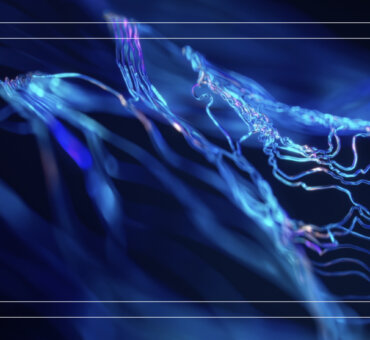Filmmaking can be a messy process. But, according to Spencer MacDonald, sometimes that’s the point, especially when it comes to the interaction between editing and directing:
“I always felt like it’s impossible for me to separate the two,” Spencer told us. “For me, making a film or anything of that nature is a whole web. I can’t just approach it from one side.”
Spencer has a great perspective on this matter because he does both. He has directed and edited pieces for Lyft, Allbirds, and others and is on staff at Avocados and Coconuts. Each time he’s learning something new about directing. Or editing. Or both.
Much like a web, editing and directing can and should meet at countless points during the process. Spencer’s perspective is that his time in the editing bay has made him a better filmmaker overall, but he also believes more editors need to be in the director’s chair. In this interview, we spoke to Spencer about being both editor and director, and what that meant for his ad with Lyft.
What motivated you to become both an editor and director?
Spencer MacDonald: I just realized it was the best way to get my message across. I always felt like it’s impossible for me to separate the two. I can’t just approach it from one side. I started experimenting with editing, shooting clips randomly when I was on backpacking trips and adventures with friends. My initial goal was to be a good editor, but not because I only wanted to be an editor. I wanted to be a “whole” filmmaker, in terms of directing and editing. But, it started with editing because it’s what separates really interesting films from films that are monotonous.
By putting things together in ways that I hadn’t thought of when I was shooting it, I realized that it was also the first time in my life where I felt like I was actually expressing something on the inside. I always felt like words could never do justice to what I wanted to express. In school I tried to write things down for essays, never feeling like I was doing justice to what I was feeling on the inside. Through experimenting with editing, I felt I was finally getting myself across.
I think a lot of editors would be the best directors, to be honest. If you’re a good editor then you understand story. You understand how things need to be structured; pacing and all these things that are essential to being a good director. Especially in the commercial world.
That makes sense because your work is very visceral—it seems to communicate without needing to say much.
When I’m in the process of editing something, I go over it over and over again until it literally gives me a physical response. It’s all physical for me. If I don’t get that sensation when I’m working on something then I know it’s not going to be good. It’s different when I’m watching a film because I can approach it from the intellectual side.
I think a lot of editors would be the best directors, to be honest. If you’re a good editor then you understand story. You understand how things need to be structured; pacing and all these things that are essential to being a good director.
Does your knowledge of both editing and directing affect your process?
Actually, today I’m working on an edit of something I shot two weeks ago. I’m literally taking the lessons I’m learning from that project and applying it to the treatment for my new project.
For example, I was experimenting with how to get a voiceover across in a way that’s not just hearing a voiceover from an interview. I cut it in a way that it’s coming from someone reading a letter instead of your typical talking head. So, I took that and moved it further into another concept, doing a voiceover through a conversation between two people.
It’s always this back and forth and if I didn’t know how to edit, I wouldn’t know these little tricks.
Does it make you a more confident director, though, knowing what you can pull off in the editing bay?
Most of the things you’ve seen or that I’ve done I’ve edited myself. But, they probably wouldn’t have gotten to where I wanted otherwise. I prefer to have time to sit with it before I can work on it with someone else. This Lyft project is a good example of that. I actually edited it with two other editors. There’s this intimacy that I feel with the work when I have time to sit with it and not have an immediate deadline.
Can we break down that Lyft project?
We got to know the head creators at Lyft super well and we established a lot of trust with the head creative directors there. They told us we needed to make a 90-second short that sums up their mission, which is basically to redesign cities for people instead of cars. We sat for about a day talking about how the sounds of cities are really interesting.
There was always something I had in my mind, where I wanted to experiment with sounds that you didn’t see but were related to what you were seeing. We had like two days to create a concept edit, and we used a bunch of stock footage to put it together.
How did Lyft respond?
We showed it to the head creative director and he said, “What the hell?” [Laughs] He saw what we were going for, but it was way too abstract at the time. But, he showed it to the head of marketing and she really dug the concept. She gave us the go-ahead to take it further.
What were some things you did to make it less abstract in the final cut? To make more sense of it?
Initially, we used a lot more aerials that were static. But, we realized that you needed to have the motion of the shot match perfectly to the sound that you’re hearing. Otherwise, it made no sense. That was one of the rules we had to define as the project went on. We had to figure out what made each shot work. Like, Oh, the camera moves in a circular pattern along with the sound of a carousel. It was tricky. It was such an experimental edit that I needed to sit with for a bit, like I said earlier.
I couldn’t have done it without the other editors, though, Cooper Kenward and Ian Levine. They were essential in designing the structure of the whole piece, understanding what did and didn’t work. For example, they helped me figure out the balance of quick cuts versus longer cuts. If it was a quick cut, you needed something that you also associate with quickness, like a firework.
How did you form a structure with such an abstract concept?
We had the fact that it was supposed to be 90 seconds long, but then we had that bridge shot. It’s literally a toll bridge, which has the drone shot where it transforms into a park. We knew that shot going into it and we knew it needed to be about two-thirds of the way into it.
From there, I knew from previous edits that I like the idea of starting slow, with less motion in the shots, building to speed in the cuts and speed in the shots. There’s a sense of momentum, like you’re getting sucked into it. I knew I wanted to build up to a crescendo.
And the concept was really interesting too. It’s not just a catchy edit.
It was all about the question: Why are cities designed for cars instead of people? It’s an interesting question once you think about it fundamentally. If you look at cities from Google Earth’s perspective, 70 percent of the space is for cars, driving, and parking. So, then we’re thinking, How do we get this idea across of what cities can be instead?
For something that was so experimental, we needed to have that concept edit and the time to put it together. Because, if we didn’t get this concept across, the project was going to be really simple and boring. Maybe to some people it still doesn’t make sense, but I like that. I like projects where you’re being challenged to understand what’s going on simply through the interaction of sound, music, and imagery.






